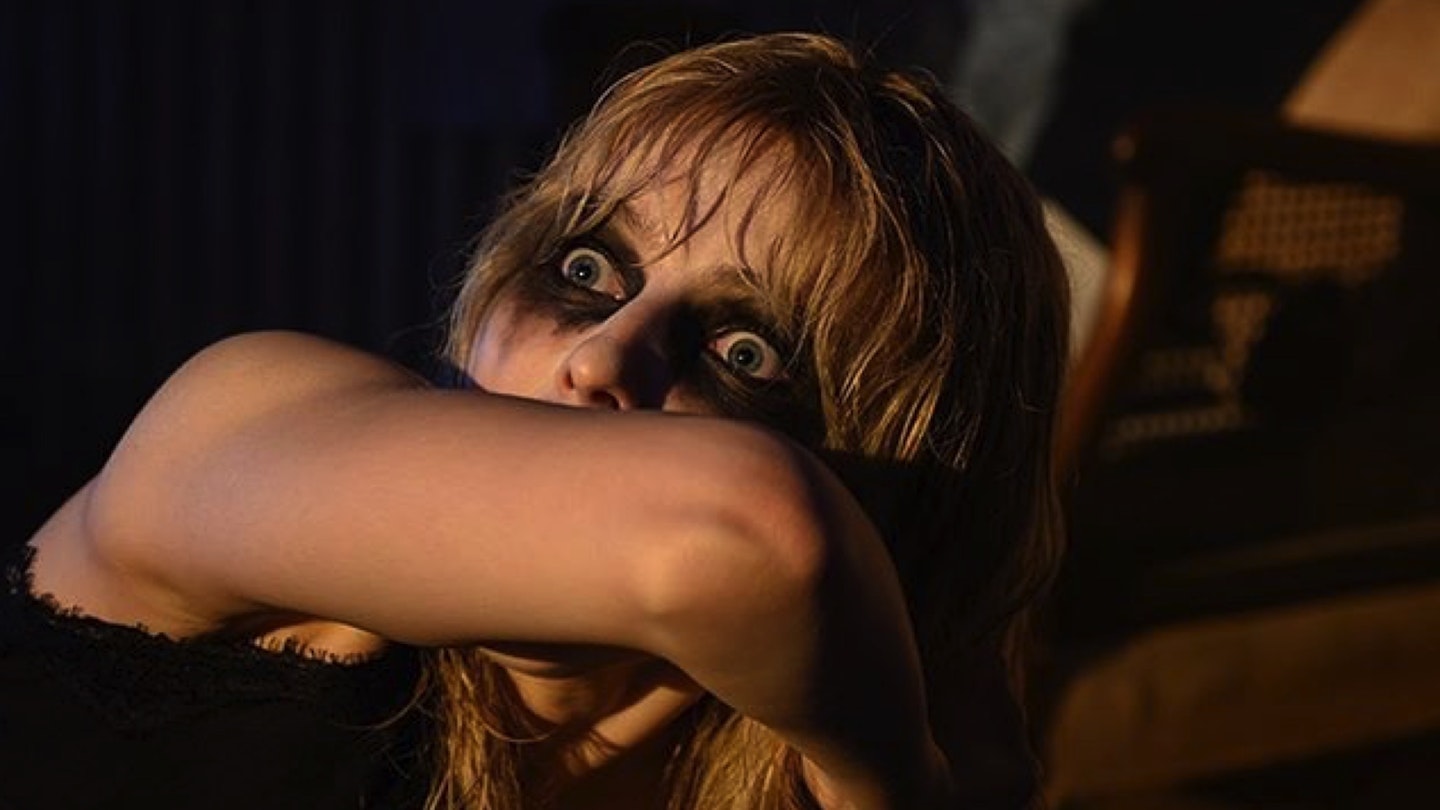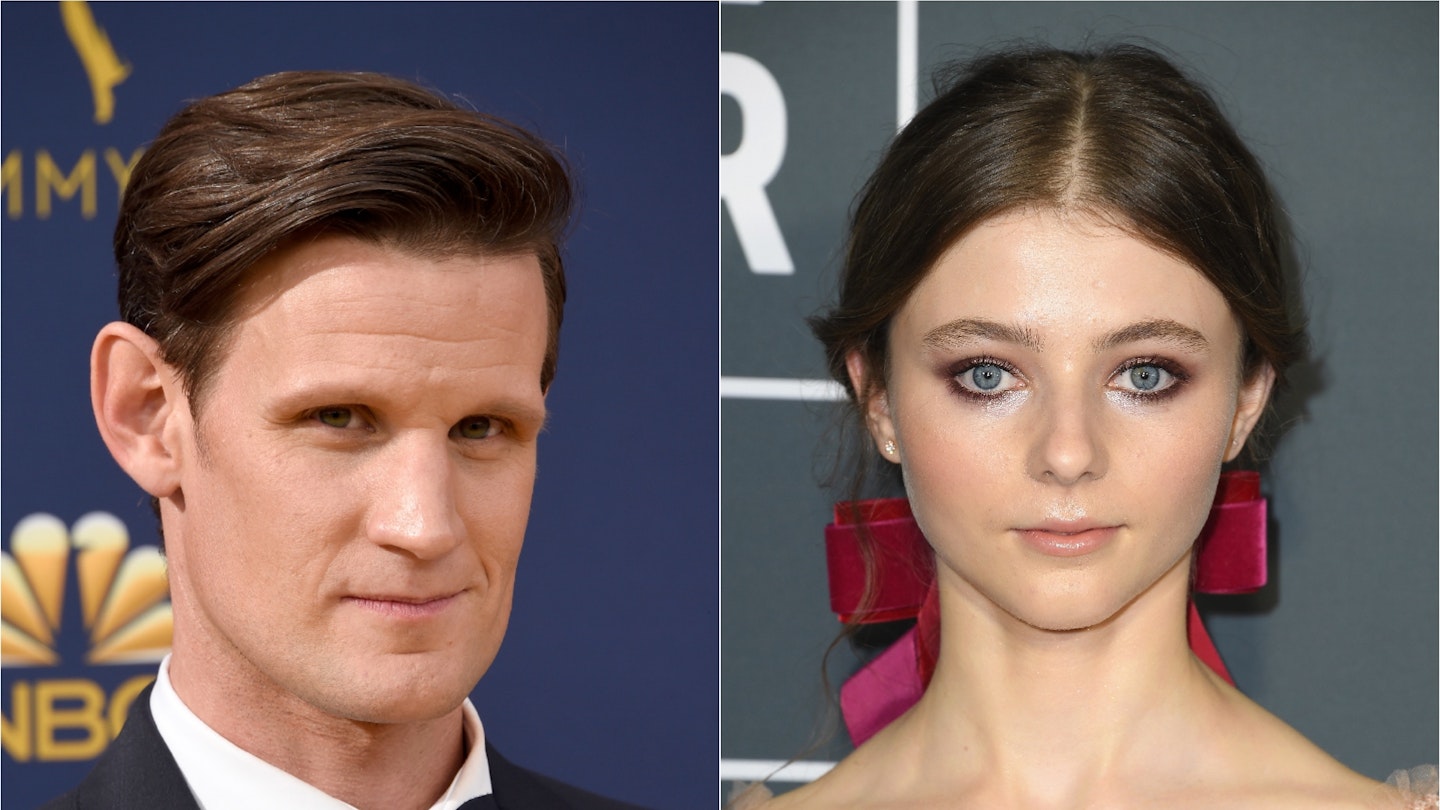Roman Polanski’s first English-language film. It was conceived as an entry in the new-horror sub-genre that had been created (and named) by Psycho, but takes a different approach to terror. We only discover that Norman Bates is a psychpath at the end of Alfred Hitchcock’s film, but Polanski locks us in with Carol from the first, forcing us to share her warped perceptions. He films early ‘60s London with a foreigner’s eye, as Carol flinches from aggressive workmen, pub bores or eccentrics and drifts off while her customers chatter away while she polishes their nails.
When Carol retreats to a cavernous Earls Court flat, Polanski terrifyingly depicts her hallucinations – clutching hands which reach through the walls – and parallels the decay of her mind with the rotting of a rabbit she intended to cook but has just left out on the sideboard. She always sees men as a threat, and eventually takes a knife to the guilty – her bullying landlord – and innocent – her nice would-be boyfriend – alike.
Hitchcock ends the film with a lecture on why Norman is mad, but Polanski just closes in on a family photograph to drop hints about the roots of the blonde angel’s insanity. Rather than making a mad person scary, the film terrifies by giving an audience a sense of what it’s like to lose sanity. It’s a film full of perfect little details, like the commingled look of appalled disgust and guilty fascination on Ian Hendry’s face as he finds a butchered corpse in the bath – torn between looking away and looking closer.



